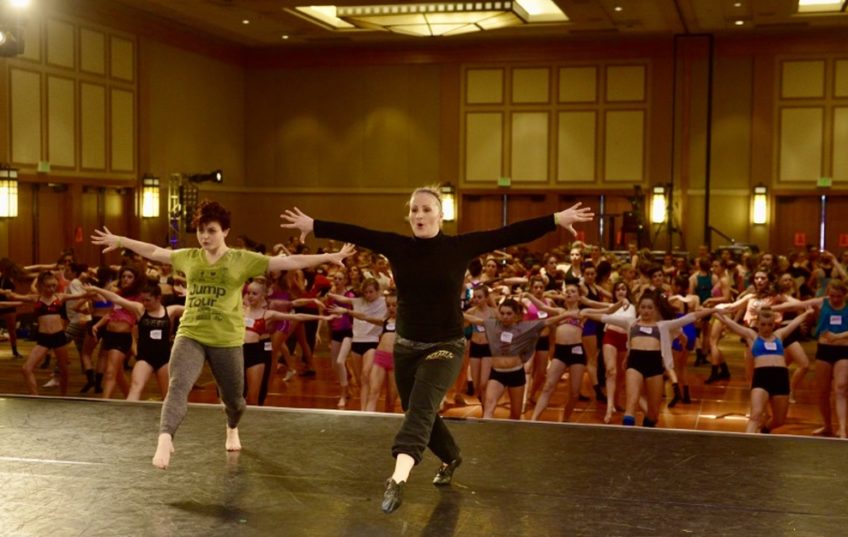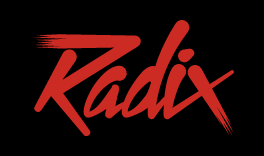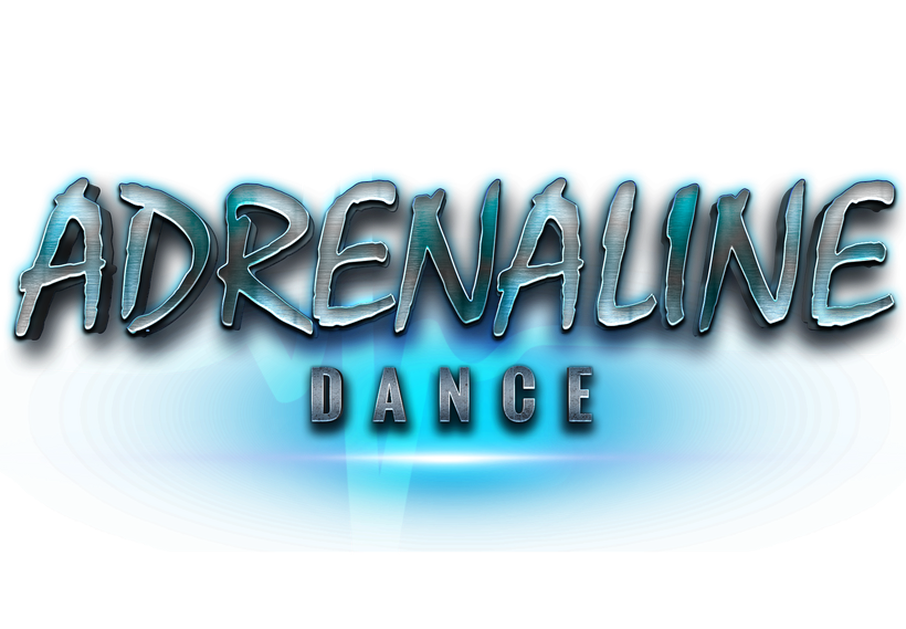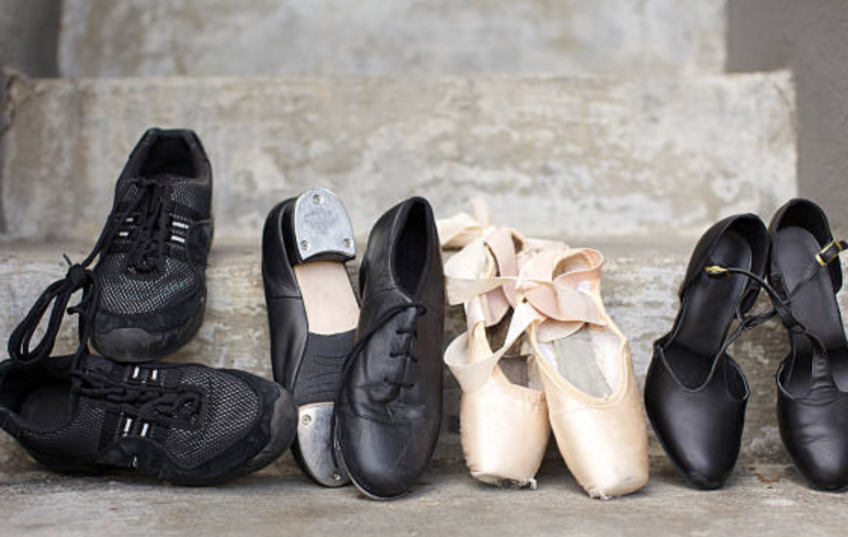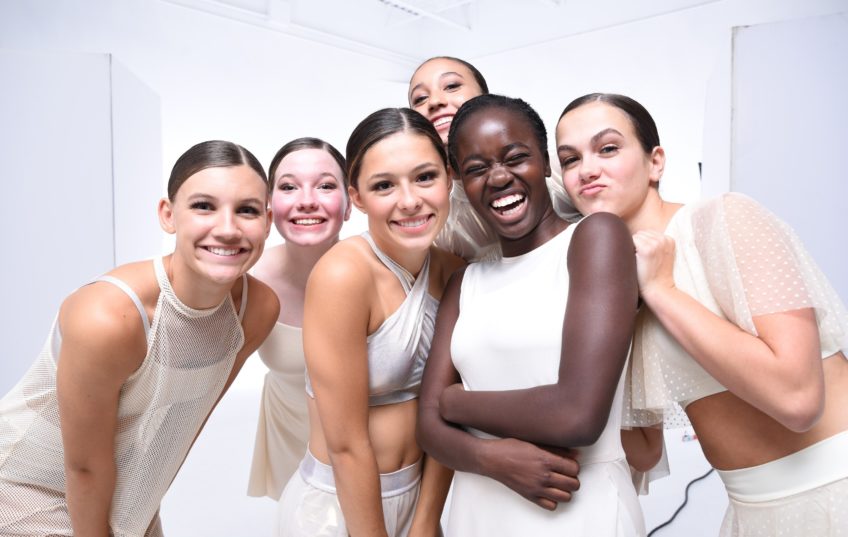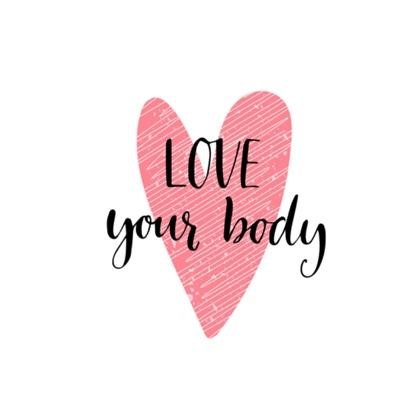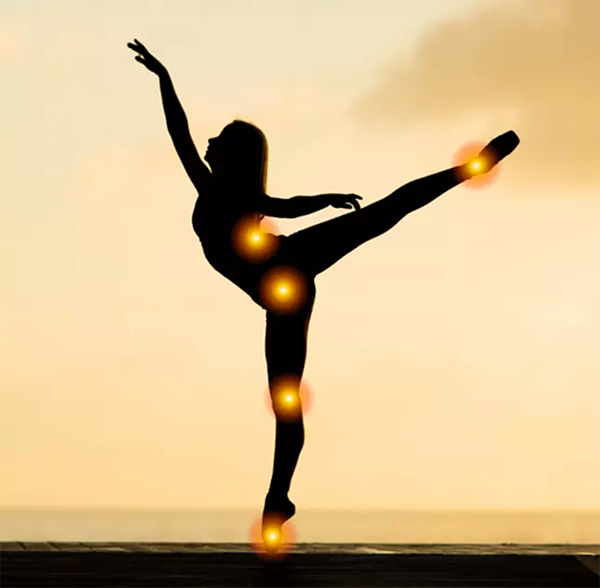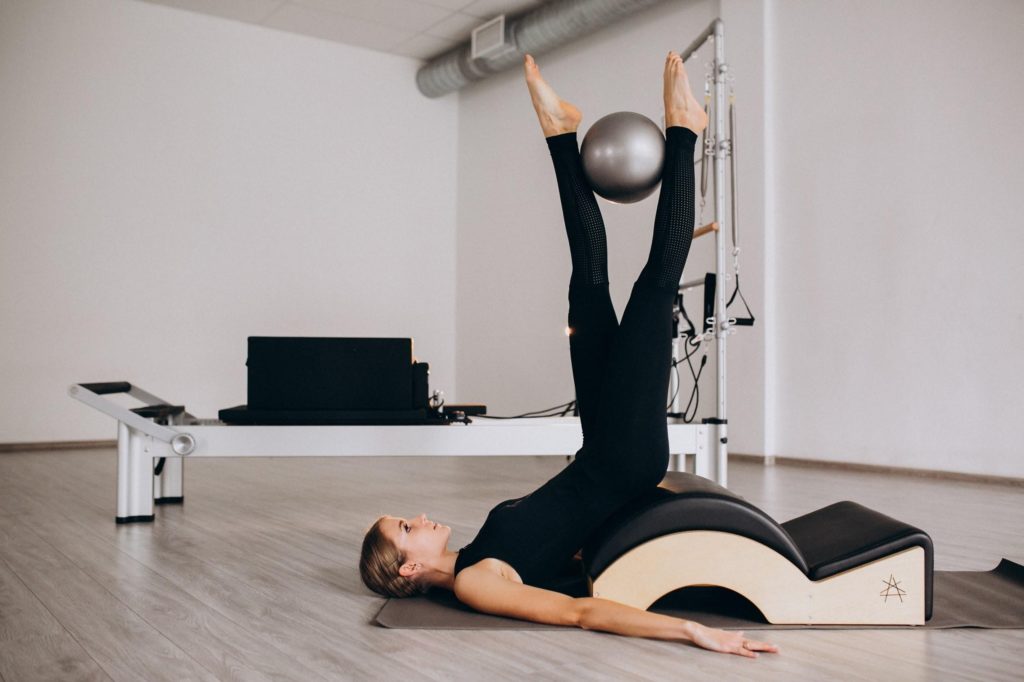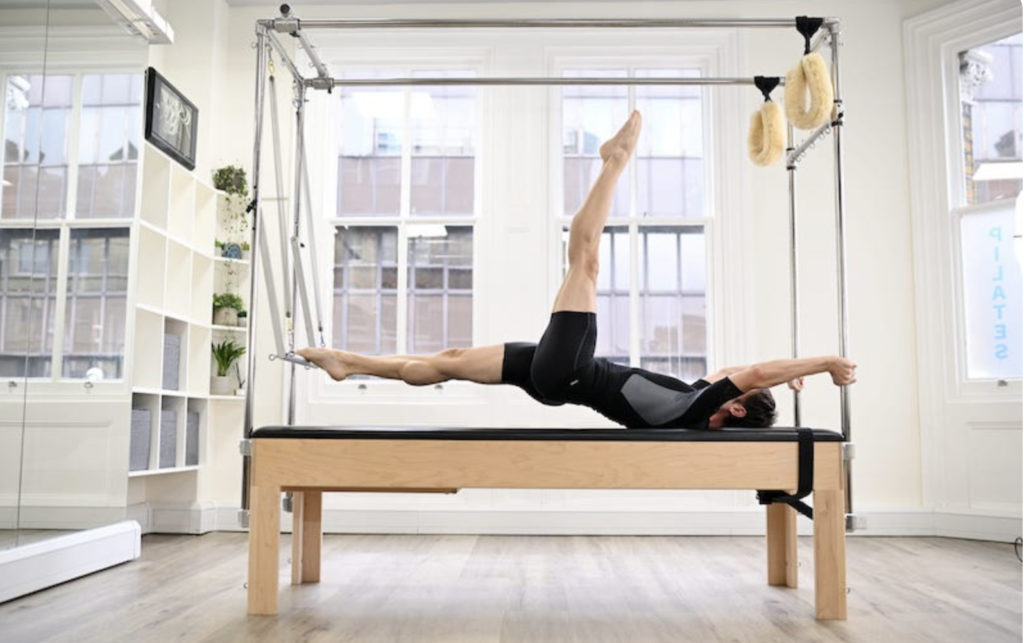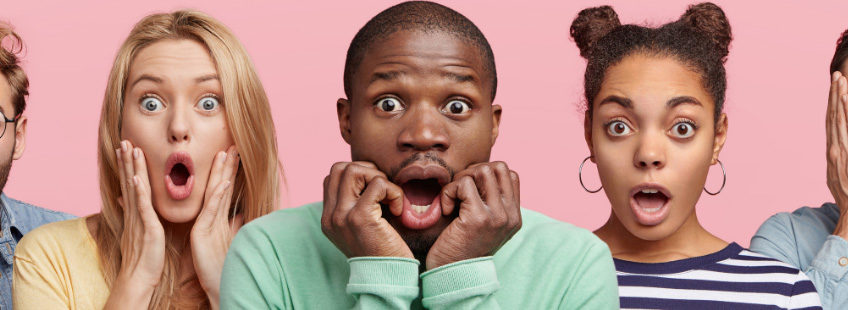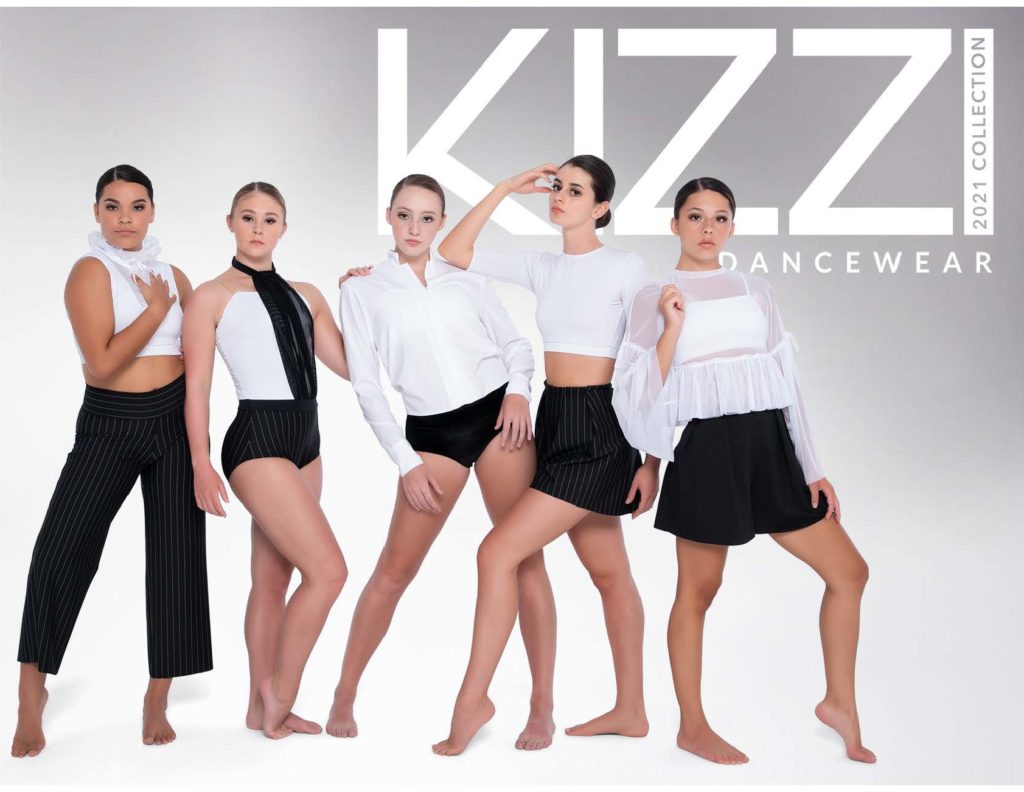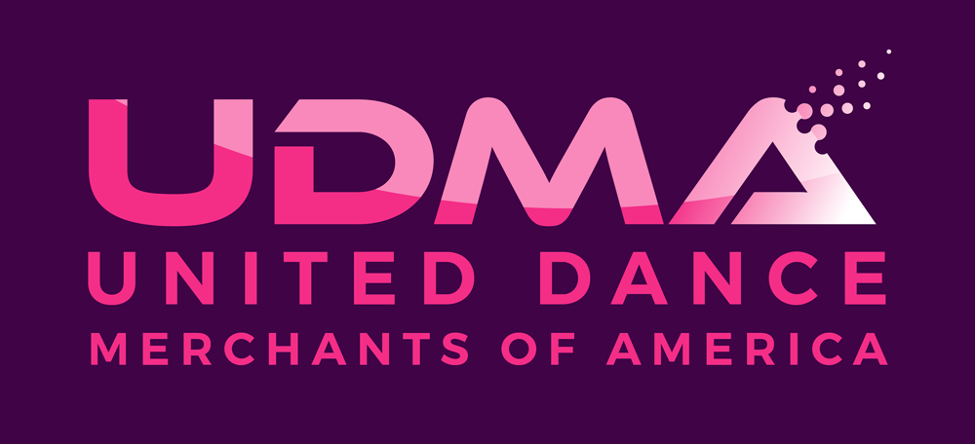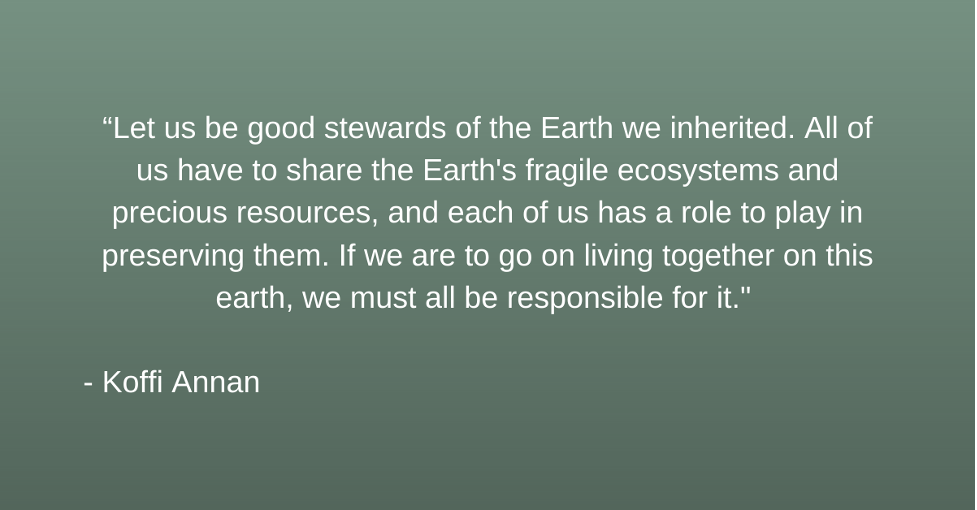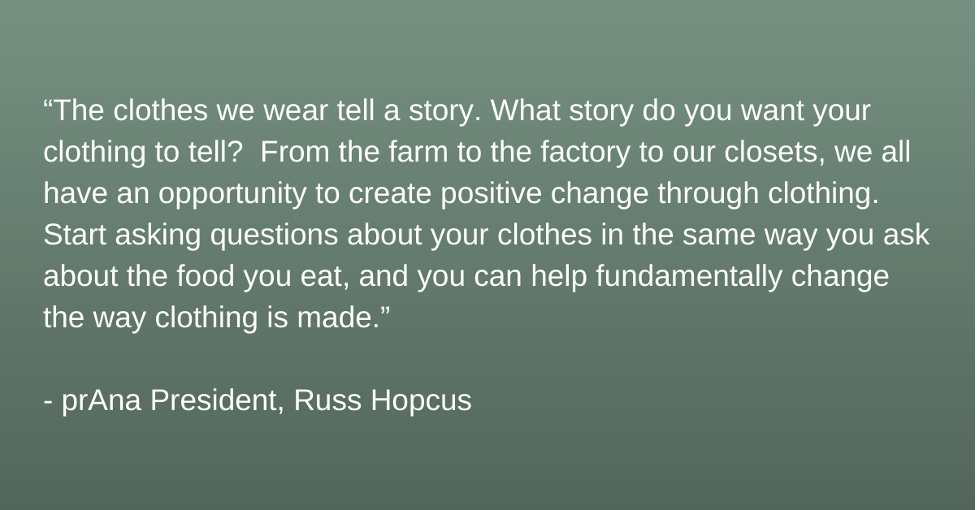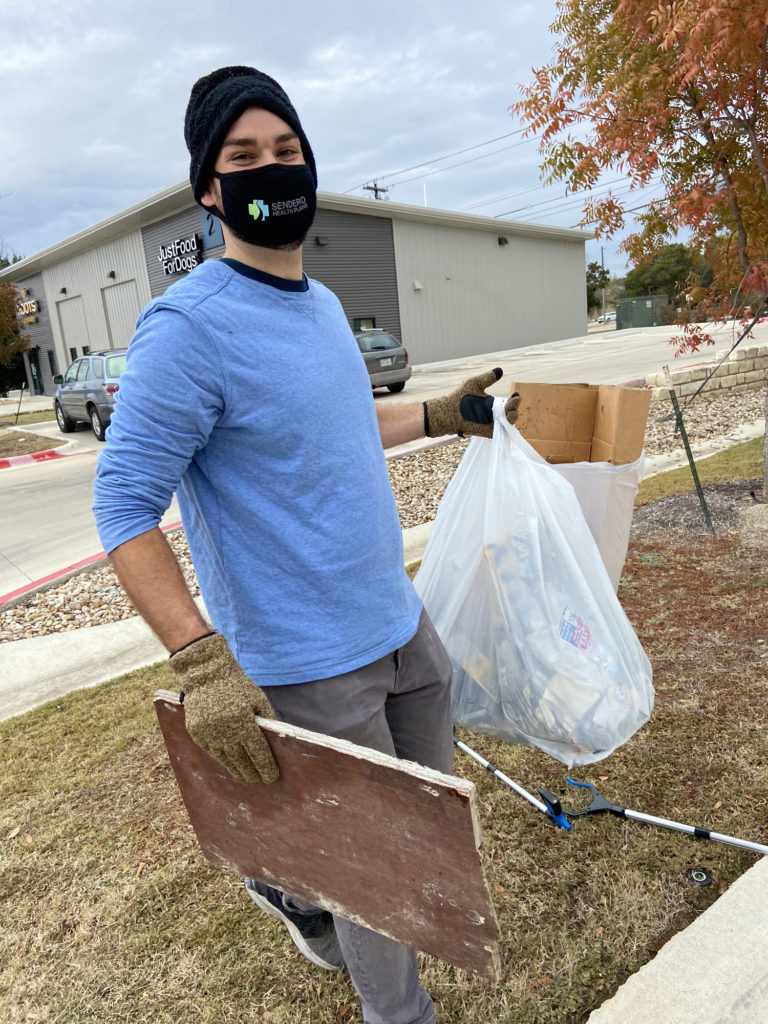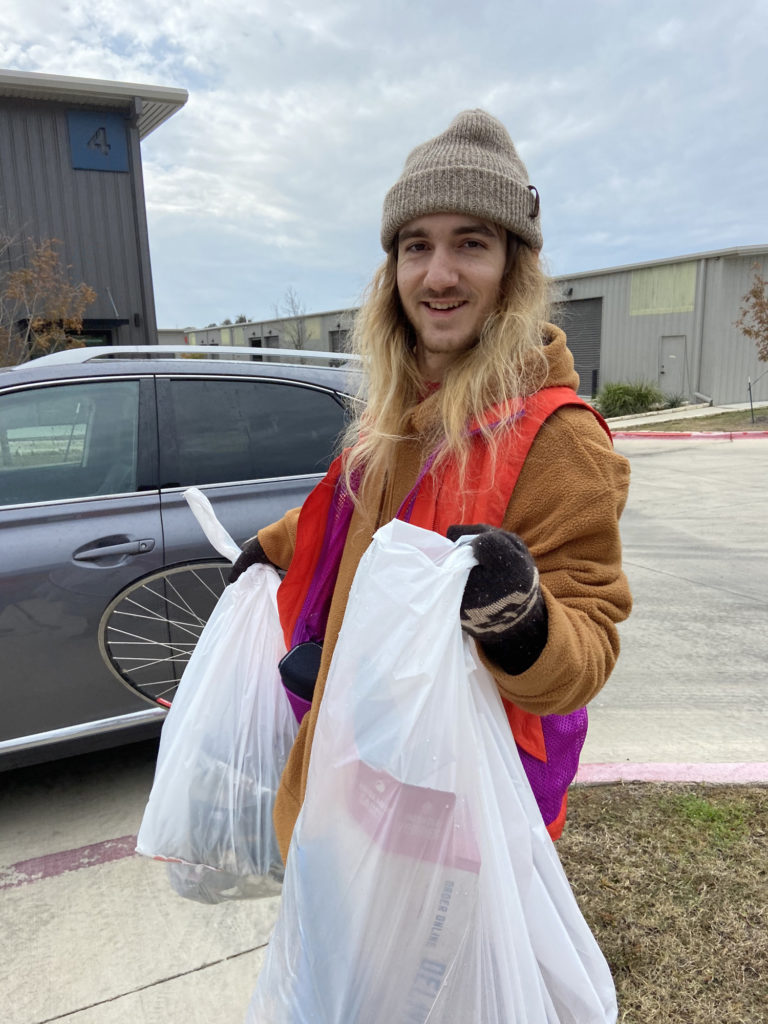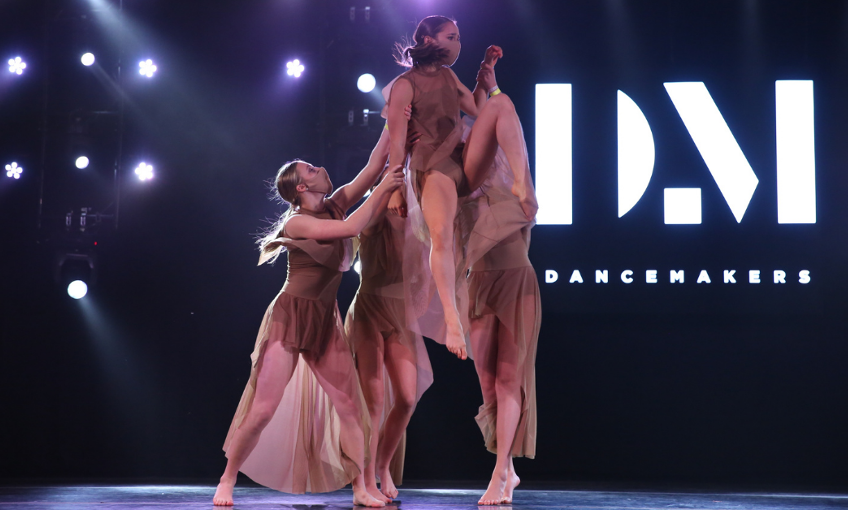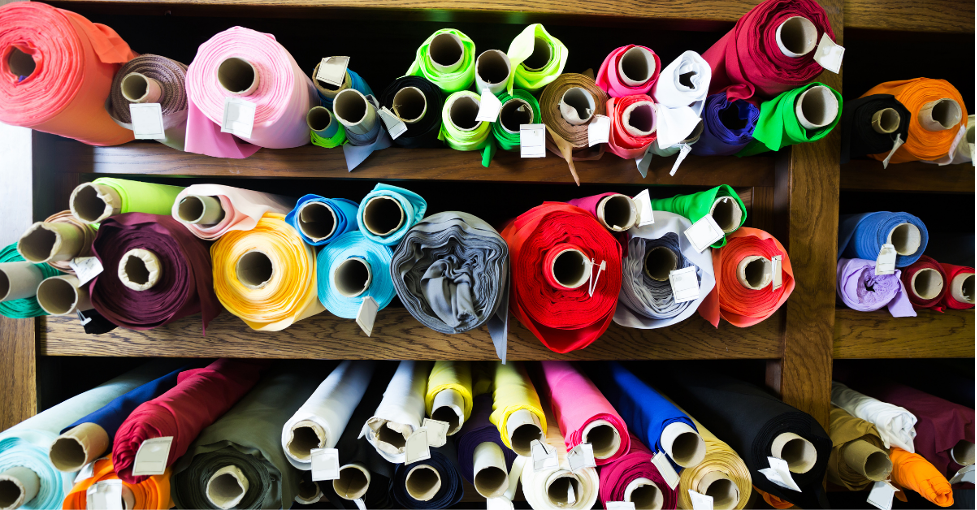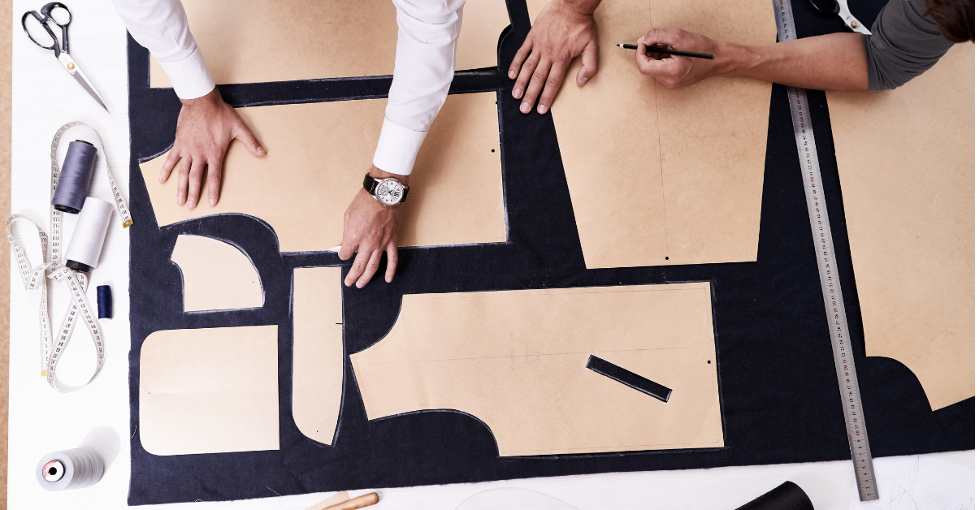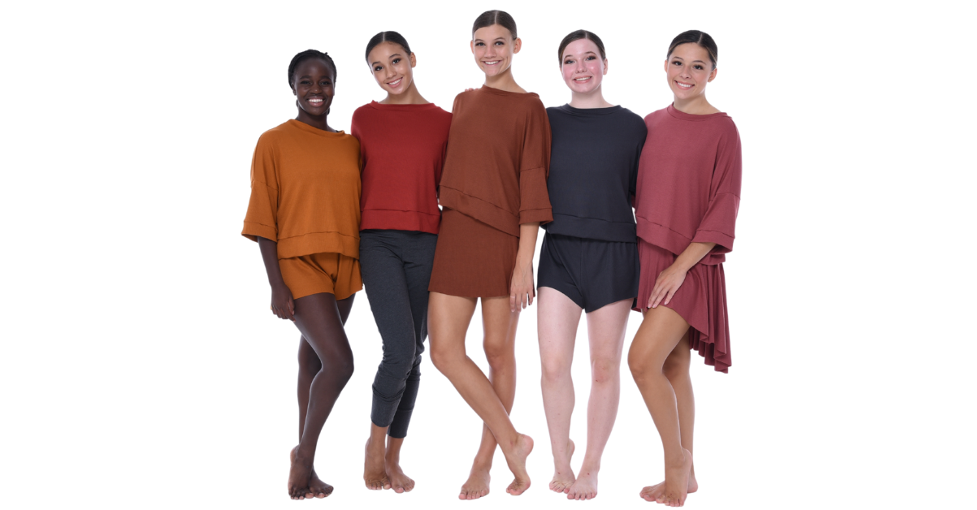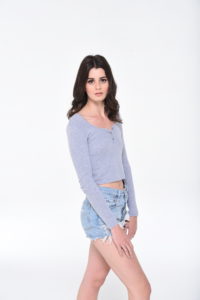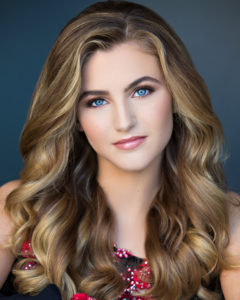Choreographer featured: Mandy Moore
Hands down, if you want to improve as a dancer, then conventions are one of the best ways to do that in just 3 days! It’s been said that one weekend at a convention equals 6-8 months of dance classes. Conventions are an excellent way to step outside your comfort zone, expose yourself to new teachers, and develop resiliency in a challenging environment.
You’ll be asked to learn choreography that is new and different than you’ve ever experienced. You’ll see many amazing dancers from across the country and learn from inspirational teachers, some of the best in the biz.
The days are long and hard, but loads of fun! You’ll leave the convention feeling sore, exhausted, but inspired!!
And… Bonus! Often conventions offer scholarships during their classes toward conventions the next year, which equals = MORE IMPROVEMENT!
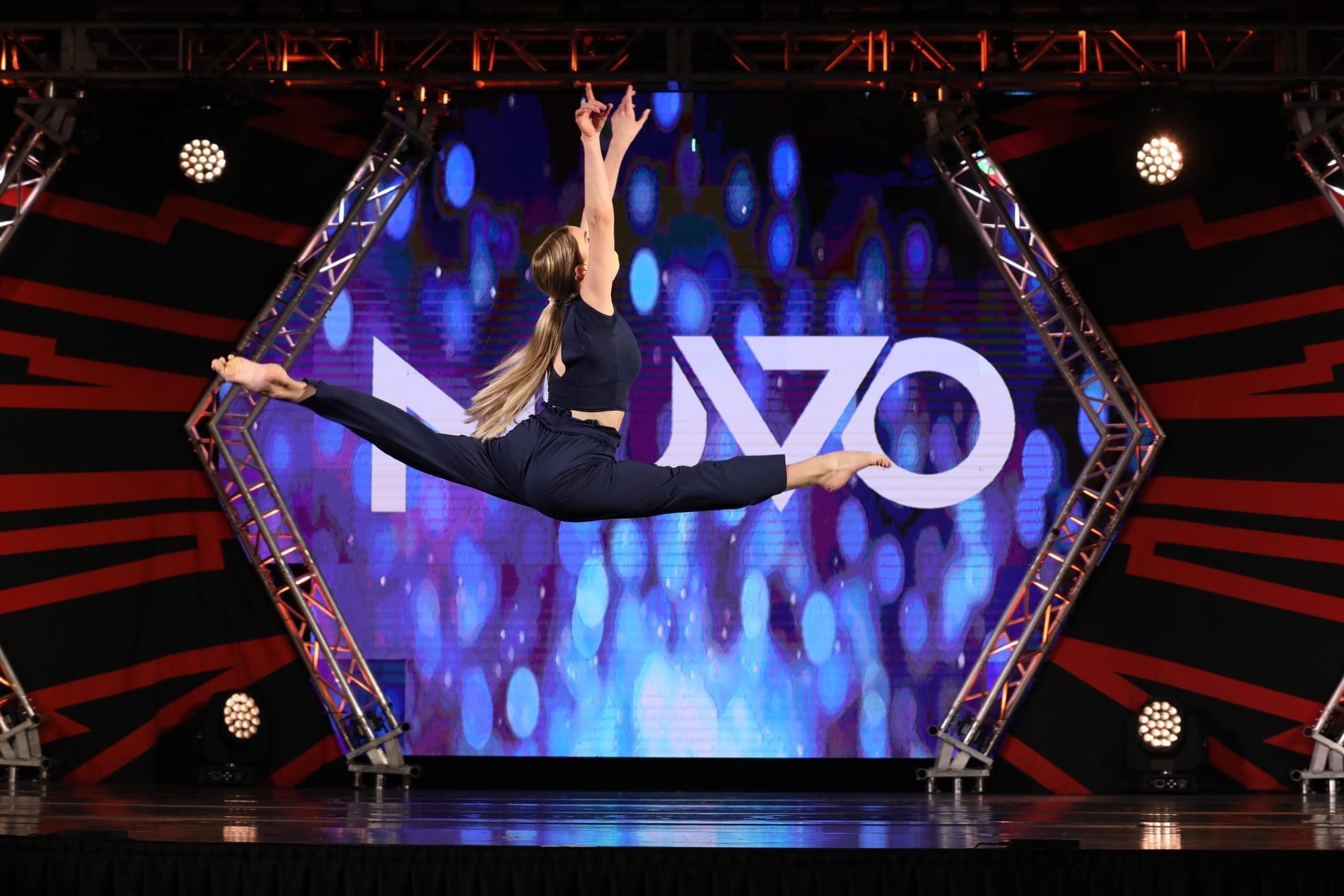
Dancer credit: Shelbee Jordan of Cleveland and Chatanooga Performing Arts School
Dance Convention: NUVO
Costume by: KIZZI Dancewear
Which Dance Conventions Should I Attend?
There are tons of different dance conventions out there with hundreds of experienced, inspirational teachers who work professionally in the dance industry. Most conventions travel to 15-20 different cities across the nation each year and range in styles and size. Classes typically take place in the ballroom of a hotel or sometimes in a studio. Talk with your dance teacher or studio owner about which ones might be right for you.
Most conventions offer solo and group competitions as well. If possible, sign up for the competition! You’ll receive valuable insight from the judges that will most likely be different than your usual dance comps! We’d suggest researching each convention, and review the faculty and styles of dance they offer. Below are some of the ones we love, but this in-depth article from Dance Spirit Magazine about conventions and competitions, might give you more insight.
Getting the Most Out of the Convention
Now that you know you should definitely attend conventions, let’s talk about tips to get the most out of your weekend:
- Step out of your comfort zone – take every offered class/workshop, especially if it’s something new to you.
- Let yourself go, and don’t be afraid to immerse yourself in class.
- Be open to different styles and movements.
- ALWAYS thank your teacher after class. These teachers pour their heart and soul into these weekends, and they appreciate the love.
- Write down your favorite teachers/classes. You may want to use a teacher for a future solo or find them again at a different convention.
- Most importantly… Have Fun!!
Immerse yourself in everything these talented choreographers and teachers have to offer! Find the right convention for you and sign up for an unforgettable dance convention weekend!
Become a KIZZI Insider now to stay informed about new KIZZI blog postings like these and all things dance!

